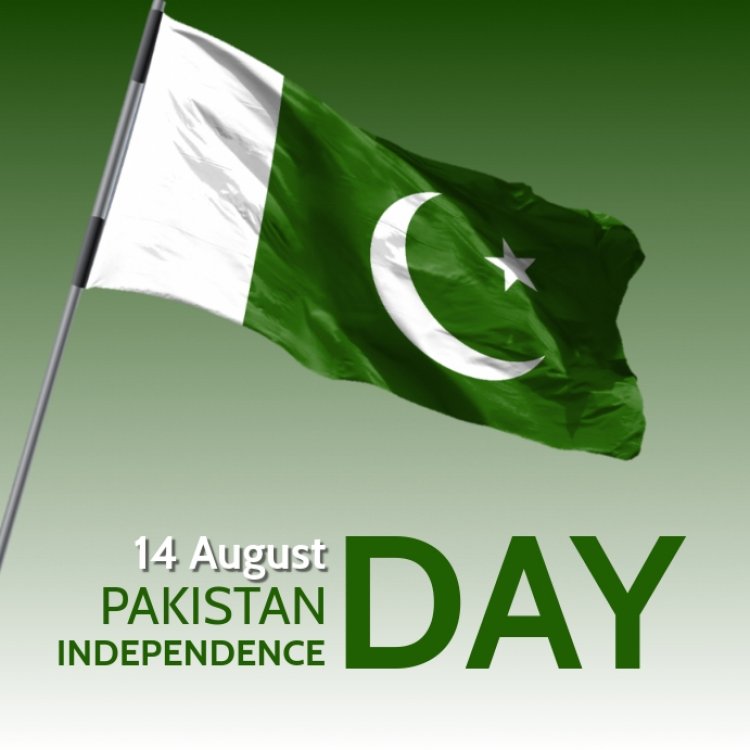2. Political Landscape
2.1. Democratic Governance
- Pakistan’s democracy remains fragile, with frequent political instability.
- Polarization between political parties, such as PTI, PML-N, and PPP, hinders progress.
2.2. Civil-Military Relations
- The military plays a significant role in governance, often influencing civilian matters.
2.3. Judicial Activism
- The judiciary is active in holding governments accountable but faces criticism over partiality.
3. Economic Challenges
3.1. Inflation and Economic Crisis
- Record-high inflation impacts daily life, with rising food and energy prices.
- External debt exceeds sustainable levels, causing dependency on IMF loans.
3.2. Trade and Industry
- Declining exports, shrinking foreign reserves, and limited industrial growth.
3.3. Unemployment and Poverty
- Job creation is insufficient to meet the growing population’s demands.
- Approximately 40% of the population lives below the poverty line.
4. Social Issues
4.1. Education
- Low literacy rates, particularly among women.
- Efforts for curriculum reforms are ongoing but face implementation hurdles.
4.2. Health Sector
- Inadequate public health facilities, with outbreaks like dengue and malnutrition being prevalent.
4.3. Gender Inequality
- Women face limited opportunities due to social and cultural barriers.
- Rising awareness of women’s rights movements.
5. Security and Law Enforcement
5.1. Terrorism and Extremism
- Sporadic terrorist attacks persist despite significant counter-terrorism efforts.
- Sectarian and ethnic violence continues in certain regions.
5.2. Law and Order
- Weak enforcement of laws leads to rising crime rates and judicial backlogs.
6. Environmental Concerns
6.1. Climate Change
- Pakistan is highly vulnerable to climate change, facing floods, droughts, and heatwaves.
- The 2022 floods displaced millions and caused massive economic losses.
6.2. Deforestation and Pollution
- Urban expansion and industrialization have led to environmental degradation.
- Air and water pollution are significant concerns in major cities.
7. International Relations
7.1. Relations with Neighboring Countries
- Strained ties with India over Kashmir remain a major issue.
- Improving trade and energy cooperation with China and Central Asia.
7.2. Global Diplomacy
- Active participant in forums like the UN and OIC.
- Focused on fostering better relations with Gulf states and Western allies.
8. Technological Advancements
8.1. Digital Transformation
- Increasing internet penetration and IT exports.
- Emerging startups and innovations in fintech and e-commerce.
8.2. Space and Science
- Progress in space technology through SUPARCO initiatives.
- Interest in renewable energy projects like solar and wind power.
9. Cultural and Sports Achievements
9.1. Revival of Arts and Culture
- Growth of Pakistan’s film industry and music scene on global platforms.
- Festivals promoting cultural heritage are gaining popularity.
9.2. Sports Excellence
- Strong cricket culture with improving performances in international arenas.
- Emerging interest in football, hockey, and other sports.
10. Youth and Future Prospects
10.1. Demographic Dividend
- Over 60% of the population is under 30, offering potential for growth if properly educated and employed.
10.2. Vision 2025
- Government plans to address energy, infrastructure, and human development challenges.
11. Conclusion
Pakistan is at a crossroads, facing numerous challenges yet harboring vast opportunities. With improved governance, economic reforms, and social investments, it can overcome its hurdles and realize its potential as a thriving, progressive nation.
Please follow and like us:









